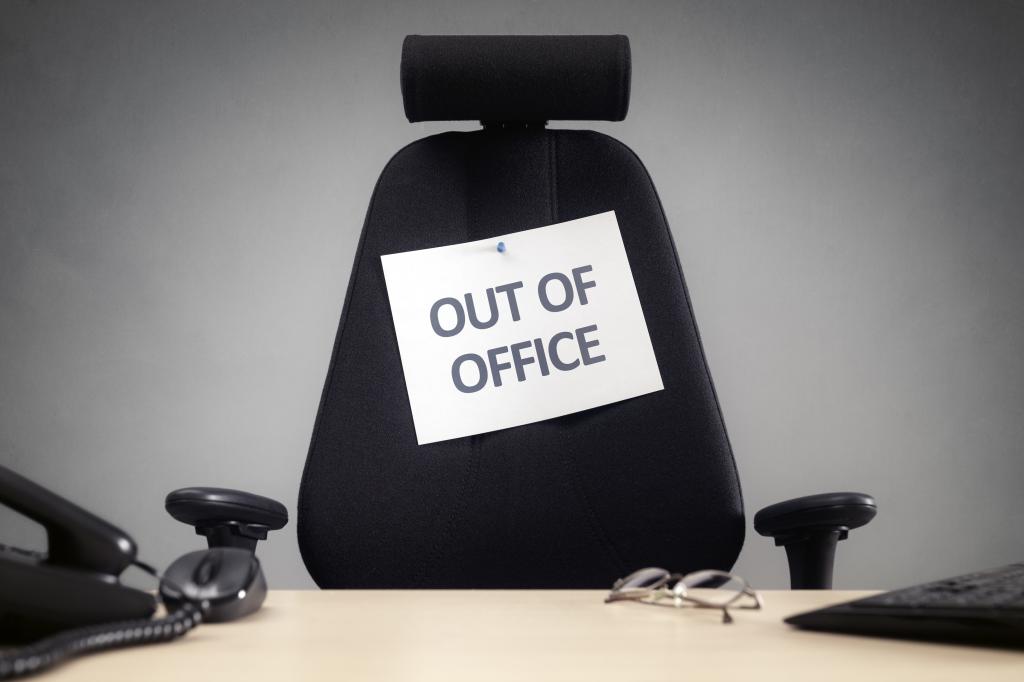The trend of leaving more blunt automated out-of-office (OOO) replies is on the rise as workers are facing burnout and exhaustion from constantly being connected to work. People like Peter Harrison and Barry Ritholtz are setting clear boundaries in their OOO messages, stating that they will not be checking emails during their time off. These responses aim to promote a culture that respects paid time off and promotes work-life balance. By being more direct and blunt in their automated replies, workers hope to deter unnecessary emails and create a more positive workplace culture that values time off.
Setting boundaries in OOO messages can help reduce the burden of constantly checking emails while on vacation. By clearly stating that they will not be available and encouraging senders to respect their time, workers like Daniel Sieberg and Bing Chen are advocating for a healthier work-life balance. Chen’s message, “If this is urgent, take a deep breath because few things really are,” encourages people to focus on what is truly important and not to be consumed by work emails. These straightforward responses aim to shift the prevailing belief that immediate responses to emails are necessary.
Some workers are even keeping their blunt OOO replies even after they return from vacation to give themselves time to catch up without added stress. For example, Katie Gold, an assistant professor at Cornell University, edited her automated reply to acknowledge her backlog of emails and thank senders for their patience. With the increase in the number of emails being sent and received worldwide, it is becoming more challenging for workers to keep up with their inboxes. By maintaining their OOO messages, workers like Gold are helping to manage their workload and respond to emails at a more reasonable pace.
Gen Z workers are taking the blunt OOO message trend to a new level by incorporating humor and creativity into their replies. Joshua Kessel, known as @joshfrommarketing on TikTok, sent a video email attachment to his co-workers with his out-of-office message while on vacation. While some find this approach to be too unserious, others appreciate the creativity and humor displayed by Gen Z workers. Companies like Spotify and MCM have praised Kessel’s approach, emphasizing the value of adding creativity and humor to the often stressful world of work emails.
While incorporating creativity and humor into OOO messages can be refreshing, it is essential to consider the recipient’s perspective. Alison Green, a management consultant, advises caution when using humor in OOO messages, as it may not resonate with everyone. It is crucial to strike a balance between professionalism and creativity to ensure that your message is well-received. Keeping OOO messages simple, direct, and professional can help convey your absence effectively without alienating or confusing recipients.
Ultimately, the trend of leaving more blunt automated replies in out-of-office messages reflects a broader shift towards valuing work-life balance and setting clear boundaries in the workplace. By being direct in their responses, workers hope to reduce the pressure to be always available and foster a culture that respects time off. Whether through humorous video attachments or straightforward messages, setting boundaries in OOO replies can help workers manage their workload effectively and promote a healthier approach to work and life.


